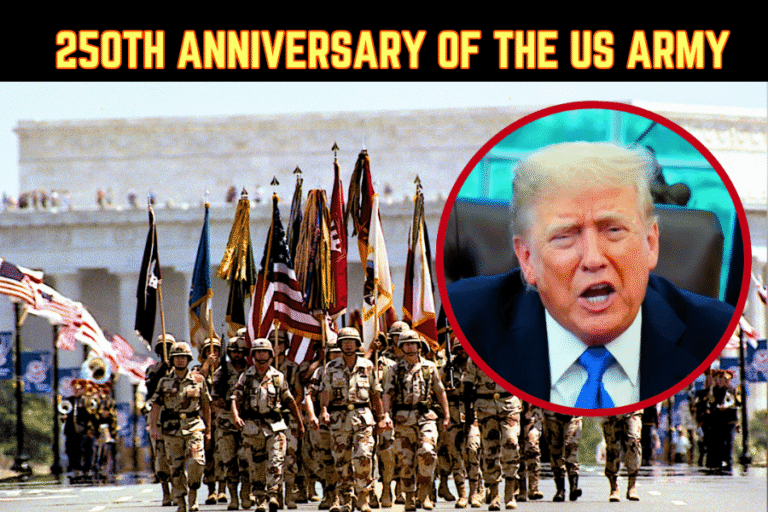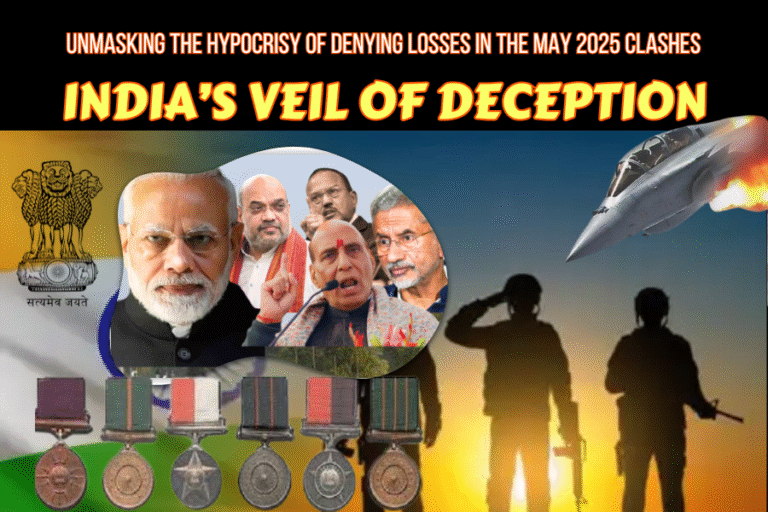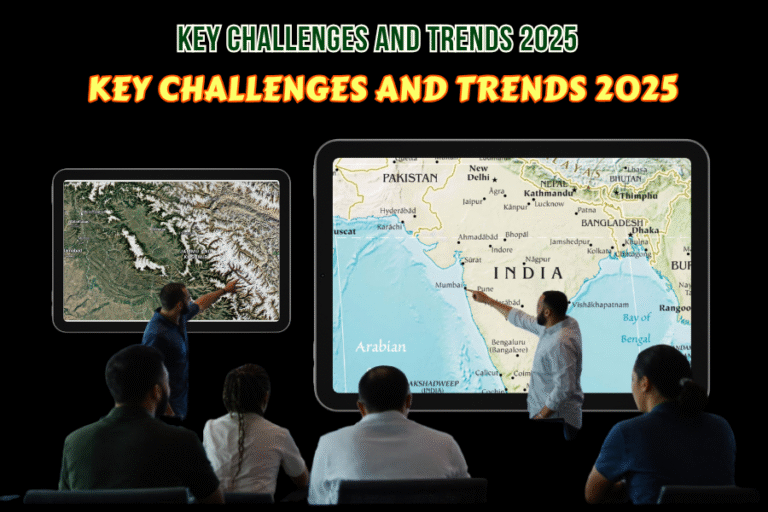(By Khalid Masood)
On a rain-soaked morning of 19th July 2025, as the strategic dust of May’s brief but intense India-Pakistan conflict began to settle, Pakistan’s Inter-Services Public Relations (ISPR) released a powerful documentary titled Marka-e-Haq and Operation Bunyan-un-Marsoos. This was far more than a military highlight reel. It was a bold declaration of Pakistan’s military capability, narrative supremacy, ideological resilience, and strategic foresight. Through this masterstroke of communication, ISPR effectively transformed a four-day limited conflict into a lasting chronicle of deterrence and national pride.
This article unpacks the multiple layers embedded in the ISPR video, its strategic messaging, ideological framing, doctrinal innovations, and regional implications, offering a compelling case study in modern-day narrative warfare.
1. Strategic Communication as a Tool of Deterrence
The ISPR documentary’s strategic ambition is evident from its outset. Rather than simply chronicling military operations, it reshapes the post-war narrative into one of triumph, restraint, and ideological legitimacy. According to DG ISPR Lt Gen Ahmed Sharif Chaudhry, Pakistan’s tri-services response to India’s Operation Sindoor was a “textbook demonstration of unity, precision, and resolve.”
The film claims the downing of multiple Indian fighter aircraft, including Rafale jets, and highlights successful strikes on 26 Indian military installations. These assertions serve not merely to showcase firepower but to project strength—to assure the Pakistani public of their military’s effectiveness and to send a calculated deterrent signal to India and beyond. In the strategic theater of South Asia, where perception often precedes escalation, such calibrated communication becomes a vital component of deterrence.
The video subtly underscores Pakistan’s capability to strike deep within enemy territory without inviting uncontrollable escalation. By highlighting restraint—avoiding civilian casualties while achieving military objectives—Pakistan conveys its ability to act with control and discipline in a nuclear environment.
2. Ideological Legitimacy: The Heart of the Narrative
One of the most distinctive aspects of the ISPR video is its integration of religious and ideological motifs. Islamic idioms, references to martyrdom (shahadat), and allusions to Quranic verses are woven throughout the narrative, embedding the military operation within a moral and cultural context deeply resonant with the Pakistani populace.
Unlike the West’s secularized models of deterrence, Pakistan’s approach embraces ideological legitimacy. This framing turns soldiers into defenders of faith and homeland—custodians of national honor against a numerically and technologically superior adversary. The emotional resonance this generates reinforces public unity and morale during times of external threat.
As one post on X noted, “This is not just a documentary—it is a sermon of resistance, a hymn of survival.” Such powerful imagery and emotional appeal transform a battlefield account into a national mythos, essential for long-term psychological fortitude.
3. The Video as a Counter-Narrative Platform
Beyond deterrence and morale, the ISPR video functions as a counter-narrative to India’s version of events, particularly surrounding the 22 April Pahalgam attack in which 26 Indian tourists were killed. India blamed Pakistan for sponsoring the attackers and used the incident to justify its preemptive Operation Sindoor.
In response, the ISPR calls for a neutral international investigation and dismisses Indian claims as fabricated and politically motivated. DG ISPR, in a 8 May 2025 press conference, stated, “This was not a retaliation—it was a responsibility. We defended truth, sovereignty, and regional stability.”
The video also accuses Indian media and intelligence services of manufacturing consent for escalation by inflating figures and staging footage. These claims are amplified by Pakistani media and influencers, creating a powerful echo chamber that reframes India as the aggressor and Pakistan as the responsible actor upholding regional peace.
This battle for narrative supremacy is crucial in today’s digital age, where perception often shapes policy. ISPR’s strategic storytelling neutralizes Indian allegations while consolidating domestic and international support for Pakistan’s stance.
4. Technological Sophistication: Shifting Doctrines in South Asia
The documentary is equally a demonstration of Pakistan’s evolving military doctrine. For the first time in public, ISPR revealed the use of multi-domain capabilities:
- AI-enabled drones for real-time targeting
- Cyber offensives that disrupted Indian military communications
- Satellite-guided precision strikes
Such operations reflect a shift from traditional force-on-force warfare to hybrid conflict—where space, cyberspace, and electronic warfare matter as much as boots on the ground. The film shows footage of real-time command coordination and heat-mapped targeting systems, signaling a new generation of warfare doctrine in Pakistan’s strategic planning.
Air Vice Marshal Aurangzeb Ahmed, interviewed in the video, explains how “Operation Bunyan-un-Marsoos” was based on real-time ISR (Intelligence, Surveillance, and Reconnaissance), supported by China-developed early warning radars and indigenous drone swarms.
Pakistan’s military, through this portrayal, is no longer merely reactive; it is technologically integrated, forward-looking, and prepared for 21st-century conflict.
5. Escalation Control and Nuclear Signaling
Another underlying message of the video is nuclear maturity. The 2025 crisis did not spiral into full-scale war. While India launched missile and drone strikes, and Pakistan responded in kind, both sides avoided red lines that could trigger nuclear posturing.
ISPR emphasizes that Pakistan’s response was measured and proportional. Civilian areas were spared. Nuclear installations were never put on alert, underscoring Pakistan’s restraint and control. This sends a strong message to international observers: Pakistan is not only capable of defending itself, but it does so responsibly.
This measured approach enhances Pakistan’s credibility as a nuclear state that understands escalation thresholds and actively works to prevent their breach.
6. Domestic Morale and Regional Diplomacy
Domestically, Marka-e-Haq has galvanized public sentiment. Public screenings, social media trends, and national discourse reflect pride and unity. Schools and universities organized discussion panels. Military families expressed renewed confidence in Pakistan’s defense apparatus.
Regionally, however, the video’s impact has been more complex. While it reaffirmed Pakistan’s resolve, it also hardened India’s stance. Indian officials dismissed the documentary as “militarized propaganda,” warning of escalatory messaging.
Internationally, reactions have been mixed. The U.S., which brokered the May ceasefire, acknowledged Pakistan’s professionalism in avoiding civilian targets but expressed concern about regional stability. China and Turkey praised Pakistan’s strategic maturity. Meanwhile, Gulf nations remained neutral but acknowledged the importance of “restraint shown by all sides.”
7. A Blueprint for Narrative Warfare
ISPR’s video stands as a template for how modern militaries can leverage media to craft strategic narratives. It blends:
- Real-time battle footage
- Strategic analysis
- Emotional appeals
- Historical framing
It avoids jingoism, focusing instead on resolve, control, and ideological clarity. In doing so, it sets a new benchmark for South Asian military communication.
8. Conclusion: From Conflict to Communication Supremacy
In a world where wars are won as much through perception as through power, the ISPR’s Marka-e-Haq represents Pakistan’s ascent in the arena of narrative warfare. By blending military facts with emotional truths, it crafts a durable memory of resilience that transcends the battlefield.
This documentary isn’t just about the May 2025 conflict—it’s about who gets to write history.
As Pakistan embraces multi-domain warfare, ideological framing, and strategic storytelling, it not only deters its adversaries but also redefines its place in global geopolitics.
Explore Further:







